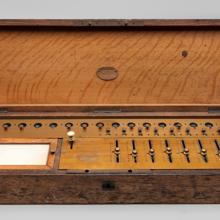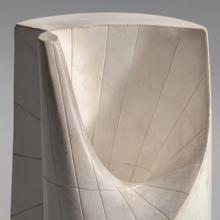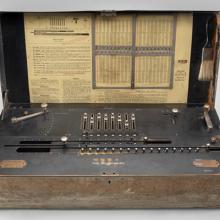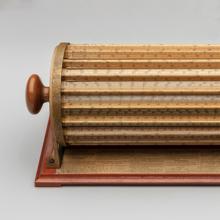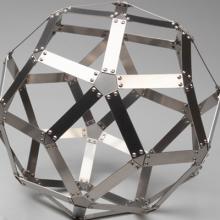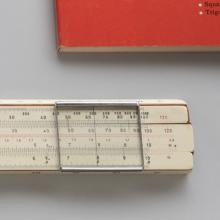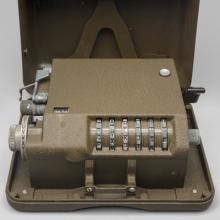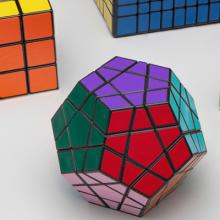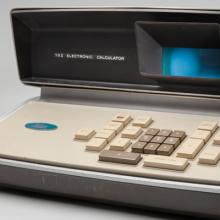Mathematics: Vintage and Modern
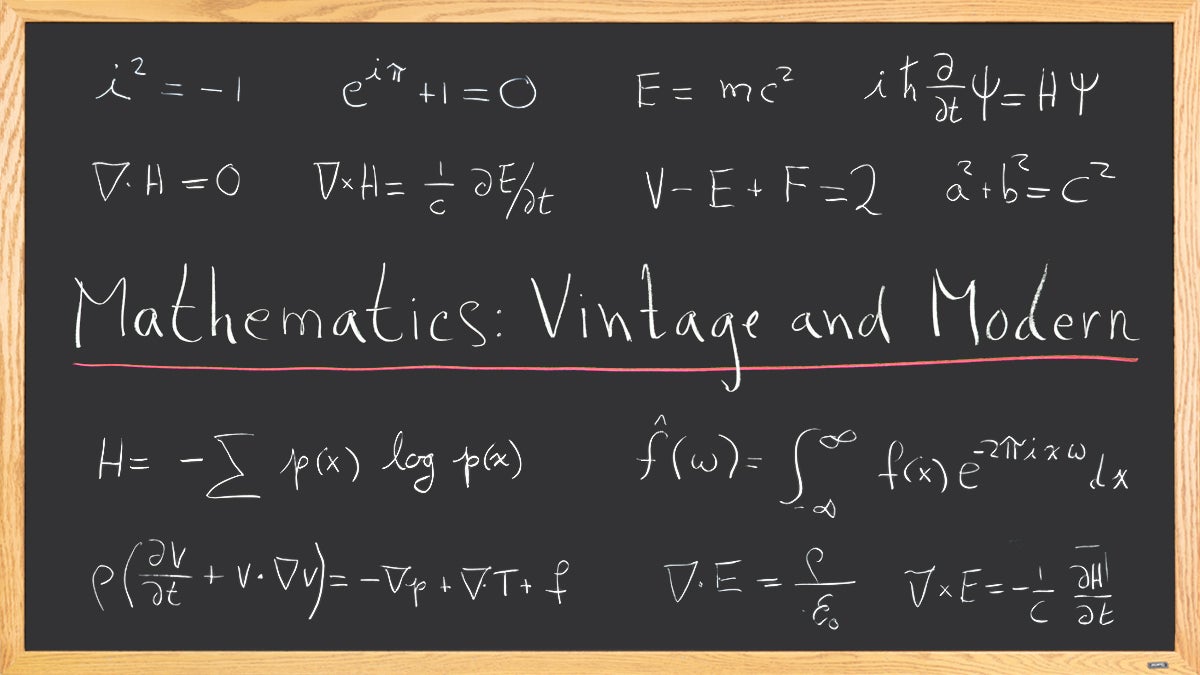
Mathematics: Vintage and Modern
Like music, mathematics is a universal language—understood and used in every culture, civilization, and school. And just as music is much more than notes, math is far more than numbers. Math gives form to logic, reasoning, and intuition. Science and technology grow from mathematics. Pure math includes number theory, algebra, geometry, game theory, topology, analysis, and more. Applied math helps solve real-world problems and provides a foundation for computing, statistics, physics, biology, economics, and engineering. Programs relying on mathematical induction, graph theory, and Boolean algebra lie hidden within your cellphone. Deep math turns up in chess, Rubik’s cubes, and even card games.
 Mathematics permeates nature—symmetries in snowflakes, hexagons in honeycombs, fractals in fern leaves, and concentric circles in tree rings. The Fibonacci sequence, in which each number is the sum of the two preceding ones, occurs in patterns of pinecones and flowers. Faraway planets follow elliptical orbits, and many galaxies form spirals.
Mathematics permeates nature—symmetries in snowflakes, hexagons in honeycombs, fractals in fern leaves, and concentric circles in tree rings. The Fibonacci sequence, in which each number is the sum of the two preceding ones, occurs in patterns of pinecones and flowers. Faraway planets follow elliptical orbits, and many galaxies form spirals.
The work of mathematicians goes far beyond solving problems. It includes figuring out new ways to express relationships between numbers, simplifying complex problems, understanding connections in datasets, or finding new ways to describe shapes. Mathematics research has reached unprecedented levels. Today your web browser relies on prime numbers for security; drug manufacturers apply mathematical tools to determine protein folding; and cosmologists use topology to understand the shape of our universe. Simultaneously, Silicon Valley tech firms and startups depend on the math community for theoretical and practical support. 
Mathematics: Vintage and Modern features objects from the past, when calculation and computation required mechanisms and tables. It also highlights teaching tools that help students learn arithmetic, geometry, and calculus, as well as vintage children’s toys and games. Several works of art on exhibit demonstrate complex mathematics through sculptural forms. Examples from modern math—knot theory, topology, and ambiguous models—illustrate how math deals with the very dimensions of space.
This exhibition only touches the surface of mathematics. Every equation tells a story; every answer leads to another question. Many problems puzzle supercomputers; others can be solved on your fingers. Some proofs seem tedious; others feel elegant and exciting. Mathematics fills a universe of infinities and infinitesimals, where a number may be complex, imaginary, or surreal.
Special thank you to co-curator Cliff Stoll; to David Eisenbud, Director of the Mathematical Sciences Research Institute, Berkeley; and to all the lending partners who made this exhibition possible.
Learn more! Download the Mathematics: Vintage and Modern education program here
[images]
Students in a class measure wheels to determine diameter and circumference c. 1950
Photograph by Scurlock Studio
Garnet Patterson Junior High School, Washington, D.C.
Scurlock Studio Records, Archives Center
National Museum of American History, Smithsonian Institution
R2021.0921.001
Students at the blackboard 1916
Photograph by Lewis Wickes Hine (1874–1940)
Fall River, Massachusetts
Library of Congress, Prints and Photographs Division
R2021.0920.002
© 2021 by San Francisco Airport Commission. All rights reserved.
